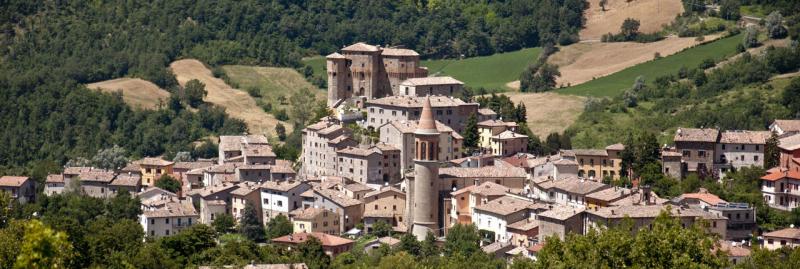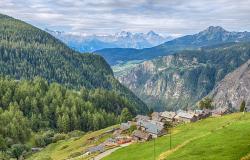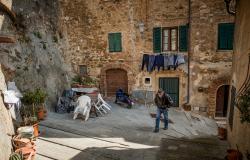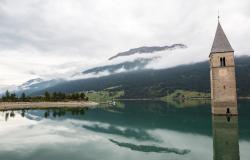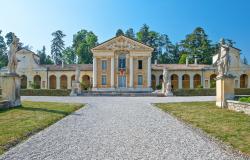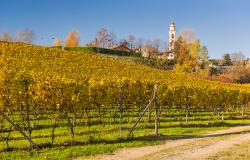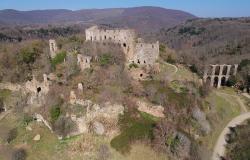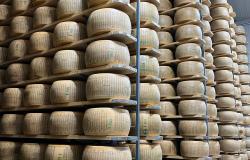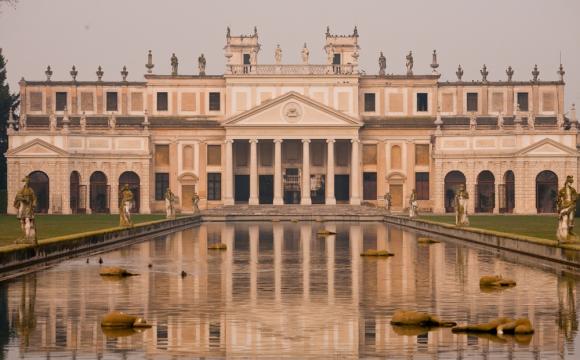We continue our Borgo of the Month series by heading to the village of Sant'Agata Feltria, at the border between Romagna and Marche.
Why visit
Sant'Agata Feltria is a picturesque ancient village (its origins date to pre-Roman times), with several, well-preserved historic monuments and an authentic feel to it, and surrounded by hills and mountains to be explored on foot or by bike.
Where
Sant’Agata Feltria is located between the valleys of the rivers Savio and Marecchia, on the hills of the Montefeltro, inland from Rimini on the Adriatic coast, in the region of Emilia-Romagna.
What to see
From the end of the 9th century, the village belonged to several powerful families, including the Malatesta, the Montefeltro and the Fregoso. The Fregoso gave the name to the Rocca (fortress), dating from the 10th century, the symbol of Sant’Agata Feltria. During the Fregoso rule, the hamlet was embellished with several new palaces, such as the 17th-century Palazzone, which houses the Teatro Angelo Mariani, one of the most ancient theaters in Italy, entirely made of wood.
Sant’Agata Feltria is also a spiritual place, with many sanctuaries and convents, such as the 10th century Collegiata di Sant’Agata; the Church of San Francesco della Rosa, visited by Saint Francis of Assisi; the Sanctuary of the Madonna del Soccorso, built in 1520 along the road to Perticara and Rimini, as a way to say thanks against an invading army.
Major events
Every Sunday in October, Sant’Agata Feltria hosts the National White Truffle Fair. Besides truffles, the other product on display is the signature formaggio di fossa.
The Christmas market in Sant’Agata Feltria is another major attraction, when the village turns into the ‘paese del Natale’, the Christmas town.
What to see nearby
Known for the beach, nightlife, but also important Roman and Renaissance monuments, Rimini is half an hour from Sant’Agata Feltria.
Montefeltro is a beautiful hilly area between the Romagna and Marche regions, with several historic borghi, and many opportunities for trekking and biking.
